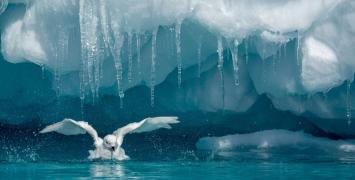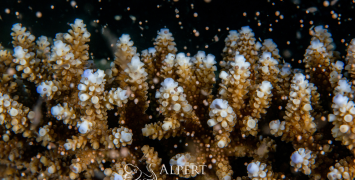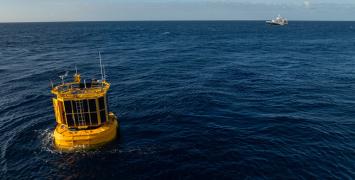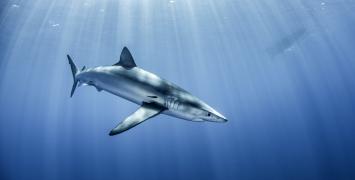Scientists of the Seven Seas
Seas and oceans cover about 70% of the Earth's surface, playing a crucial role in the development of life and fundamental to our ecosystems. ERC funded scientists devote a lot of energy and resources to investigate the seas around the world - this article describes some recent projects concerning sea and oceanic explorations.
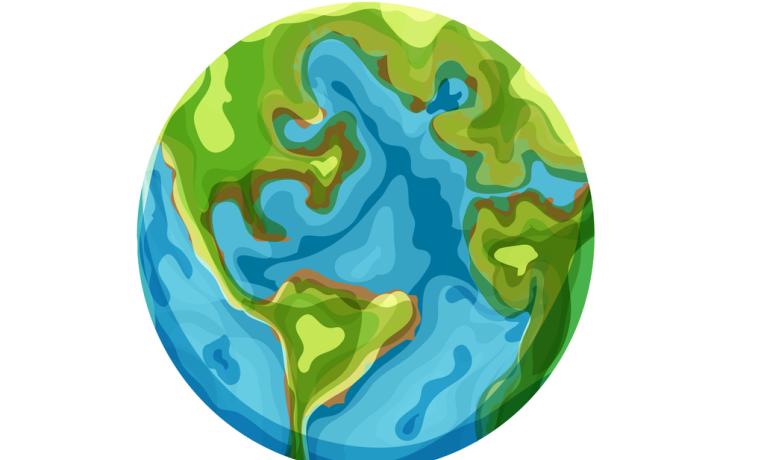
The Greeks and the Romans believed the ocean to be a huge river encircling the habitable world, separating the world of the living from the underworld. They named it after the Titan Oceanus, the "father of everything". Even though we have lost this spiritual vision of the oceans, it is true that they play a crucial role in the development of life and they are fundamental to our environment.
Seas and oceans cover about 70% of the Earth's surface, but represent about 90% of the biosphere - the sum of all ecosystems. They are one of the determinant factors in the fundamentally important water cycle, but they also absorb tremendous amounts of greenhouse gases - such as carbon dioxide (CO2) - mitigating the effects of climate change. A large part of the world's economy is connected to the oceans, from food sourcing and transportation to tourism.
Historically, oceans always represented great barriers to human exploration, prompting adventurers and explorers to overcome the unknown in order to reach new lands. The scientific exploration of the oceans can be as romantic as the historical one. Scientists devoted a lot of energy and resources to investigate the seas around the world, and this effort continues nowadays. All water depths represent a potential to discover something interesting: from the shallowest layer of water in direct contact with the atmosphere to the sediments below the ocean floor, passing through the deep-water environment, rich in unexpected life.
The examples reported here indicate how a multidisciplinary approach is essential when tackling the complexity of such a vast system. Scientists often have to leave their laboratories and participate in real maritime expeditions, sailing through difficulties for the sake of new understanding.
'Ship-shape and Bristol fashion'
The interdepartmental Isotope Group of the University of Bristol, UK is using isotope measurements to investigate natural processes in the sea. Two ERC grants were awarded to the group to perform oceanographic expeditions.
Studying samples of ancient ice deposits, researchers determined that in the past the concentration of carbon dioxide (CO2) in the atmosphere was lower, creating cooler temperatures. However, the last deglaciation was characterised by abrupt and large-scale climatic events, with large temperature oscillations and frequent natural disasters. The oceans are a good platform on which to study these oscillations. The research project CACH, led by Prof Laura Robinson at the University of Bristol, was devoted to investigating the ocean's chemistry in the past and present, and how it impacts the fragile deep-sea ecosystem. The main goal was to collect samples and data during explorations in the Equatorial Atlantic Ocean, to fill the knowledge gap in the history of deep oceans. The samples included skeletons of deep-sea corals, seawater and sediments, jointly studied to better assess the historical flux of heat, mass and nutrients in this virtually inaccessible environment. Read the ERC Story dedicated to this project, or watch the TED talk by Prof Robison.
The ICY-LAB project, coordinated by Dr Kate Hendry of the University of Bristol, is an adventurous research investigating the cycle of silicon in the Labrador Sea off Greenland. Silicon is an important nutrient for diatoms, photosynthetic algae responsible for half of the carbon capture of the oceans - because they use it to build a protective skeleton. The high-latitude regions of the Earth are experiencing very rapid mutations due to climate change. Studying how the biogeochemical cycle responsible for the creation of essential nutrients is responding to the change might give an indication of how strategic natural resources such as fisheries might be affected in the future. Prof Hendry is conducting field trips to collect samples along the coasts of Greenland and in the Labrador Sea.
In the shallows and the deep end
Shallow or deep, the oceanic realms provide interesting information. Two ERC projects investigate the two extremes of the ocean depths. A huge amount of carbon dioxide (CO2) is absorbed by the oceans covering the Earth each year, about one quarter of the amount produced by human activities. Oceans represent a large reservoir of CO2, and better understanding its absorption mechanism is crucial in the prediction of the future effects of climate change. A group led by Prof Oliver Wurl at the Carl von Ossietzky University of Oldenburg in Germany, was awarded a Starting ERC grant on the project PASSME, focussing on the study of the sea-surface microlayer (SML).
The SML is a thin aqueous layer at the interface between the ocean and the atmosphere, important in understanding how the two exchange gases. It is also rich in organic compounds, resulting from the microbial activity in the oceans. Dr. Wurl and his group perform laboratory studies in large water tanks and wind tunnels. They designed their own field equipment, including a special catamaran to scan the biochemical properties of the sea surface and, at the same time, to measure the CO2 exchange rate with a floating buoy carrying built-in sensors. He led several expeditions in the Atlantic, Indian, and Pacific Oceans.
At the opposite end of the scale, we have to understand the deep-sea environment if we want to manage and protect it from growing human impact. Our knowledge of its biodiversity is limited, due to the intrinsic difficulties associated with the inaccessibility of such a remote environment. Conventional sampling techniques are expensive and time-consuming and cannot fully explore the details of complex deep-sea environments such as submarine canyons or coral reefs. The heterogeneity of these environments could be an important factor in the development of diverse ecosystems. The CODEMAP project led by Dr Veerle Huvenne of the UK's National Oceanography Centre, 3D-mapped complex habitats by combining different fields such as marine geology, ecology and geophysics, and carried out an in the North Atlantic Ocean off the south coast of Ireland, with the use of remotely operated underwater vehicles. Read the ERC Story containing an interview with Dr Huvenne.
A submerged civilisation
Nowadays, human activity heavily impacts the oceans, but traces of human activities have been conserved by deep seas since the beginning of our civilisation. The end of the last Ice Age led to large portion of landscapes being flooded by rising oceans, including regions that were previously inhabited by humans. One of the most significant is "Doggerland", once connecting Great Britain with Europe. These lost lands represent one of the few regions still unexplored by archaeology, and could have great significance in assessing the impact of climate change on prehistoric settlements and colonisation mechanisms. Prof Vincent Gaffney of the University of Bradford, UK was awarded an Advanced Grant to study the Doggerland region. He takes a three-pronged approach. At first, his group is producing a detailed map of the early Holocene by precise topographical and mapping technologies such as seismic reflectance. The group is also studying ancient DNA extracted from the sediments, to reconstruct the environment of the region. Finally, they utilise computer modelling to search for archaeological signals reminiscent of early human settlements, to understand the role of Doggerland in the colonisation of North-Western Europe. Read the Horizon Magazine article about Doggerland.
In conclusion, oceans play a crucial role in human activities, and researchers are very active in studying it under different lenses. Many fields of our knowledge can benefit from the discoveries in the largest portion of Earth’s surface, and there is still a lot of work to do. The ERC will continue to support a European research in oceans, and new generations of adventurous scientists ready to become seadogs in the name of science

